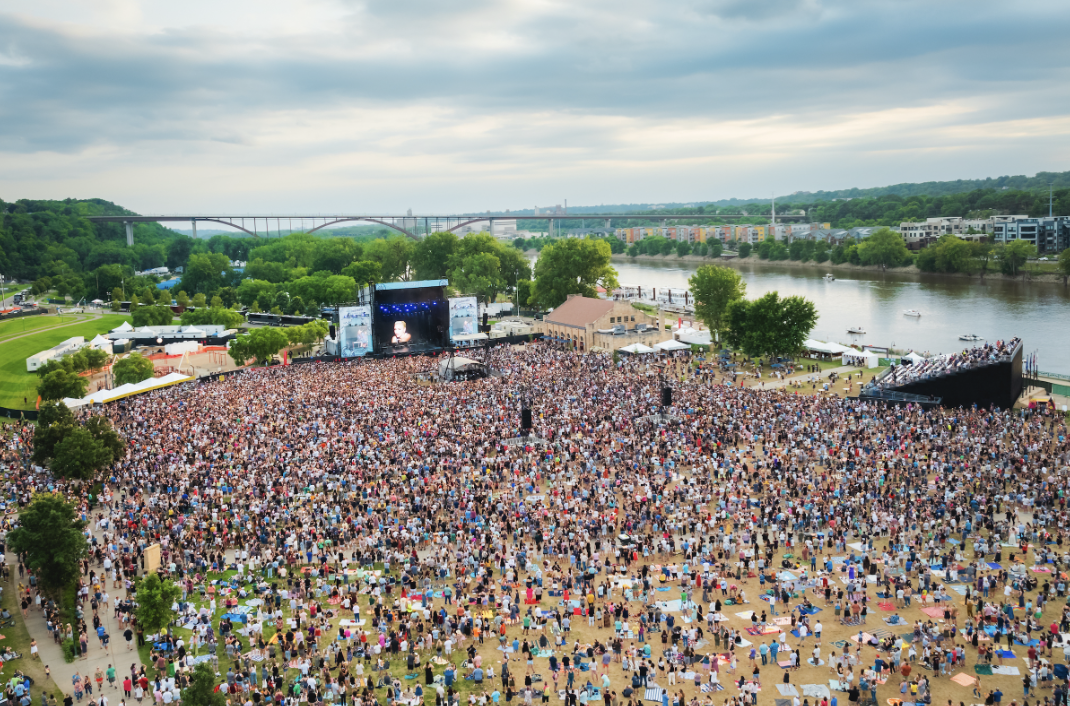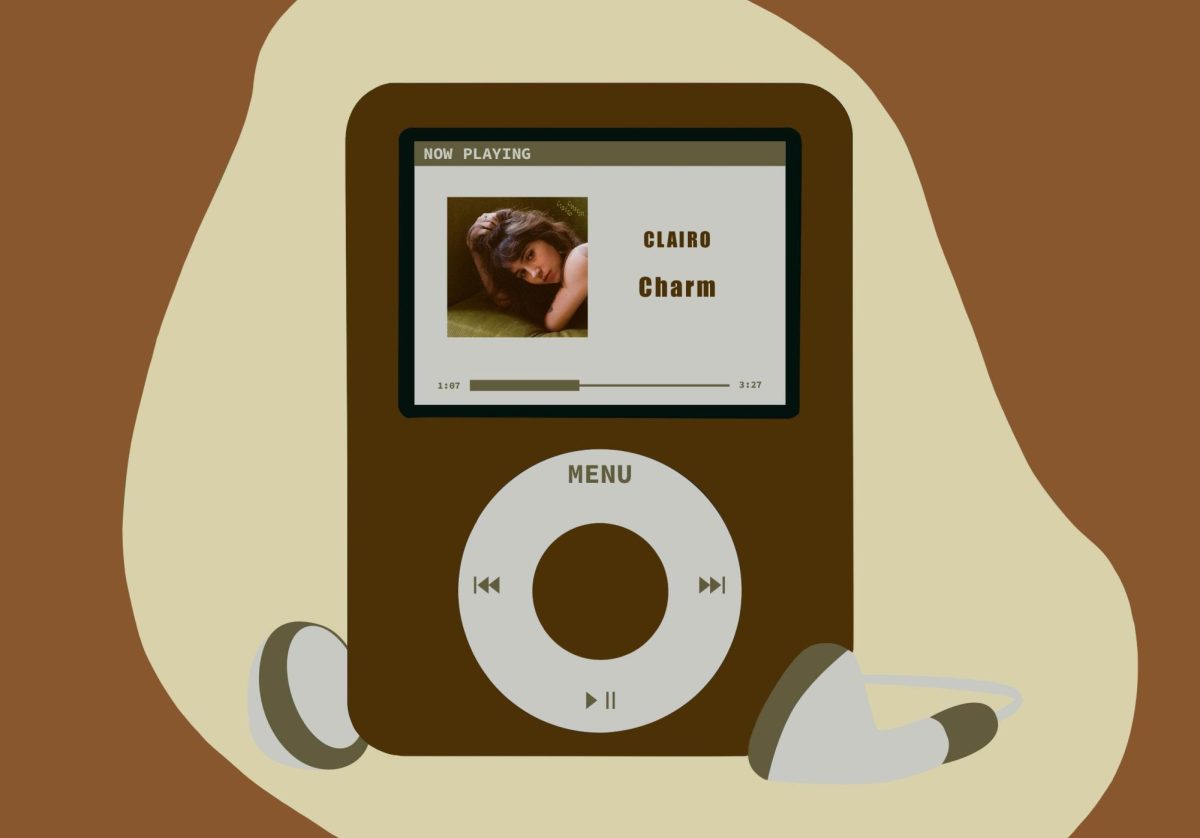T
Where: Minnesota Zoo
Price: Age 65+ $9, Age 13-64 $14, Age 3-12 $8, Age 2 and under Free.
 he arrival of “Russia’s Grizzly Coast,” a new exhibit at The Minnesota Zoo, focuses on gargantuan Russian Brown bears – big, mean and ready to devour timid zoo-goers in a single gulp. They pretend to be all furry and cute, but only the zoo’s barriers prevent a popcorn-munching grandma from being torn to a heaping mess of human spaghetti, left for those adorable little cubs to toss around like wet napkins.
he arrival of “Russia’s Grizzly Coast,” a new exhibit at The Minnesota Zoo, focuses on gargantuan Russian Brown bears – big, mean and ready to devour timid zoo-goers in a single gulp. They pretend to be all furry and cute, but only the zoo’s barriers prevent a popcorn-munching grandma from being torn to a heaping mess of human spaghetti, left for those adorable little cubs to toss around like wet napkins.
After the gun – mankind’s “eff you” to bears – came cages. We thought, instead of killing bears, we’d cage them up and gawk in close proximity. Now we’ve realized that those tiny cages are inhumane and cruel, so, instead, we build multi-million dollar exhibits where these brutes can roam freely, bounding through grassy knolls dotted with artificial geysers and faux steam vents.
Perhaps this is why we’re so addicted to shows with names like “When Animals Attack” or “When Animals go Wild;” we know there is something inherently wrong with taking once proud, strong animals and locking them up in cages.
This does not discount what zoos do for conservation efforts. If it weren’t for zoos, there is no doubt that certain species would be extinct today. The Amur leopard is one of those species; almost 200 live in zoos around the world, and less than 40 of them still live in their native wild in eastern Russia. The Minnesota Zoo has two of the leopards currently on loan, with more coming from Europe to add new genetic material to the dwindling population. Tony Fisher, the zoo’s animal collection manager, hopes that one day the leopards can be bred and successfully reintroduced into the wild.
A lot of money went into building the exhibit – $30 million, to be exact. But by actually going to the zoo, you can see where the money went.
The exhibit is extensive and impressive in its sheer size. Rocks and pines, driftwood and sand, prairie grasses and forest flowers all weave their way along the trail.
Part of the $30 million went to bringing in endangered animals; it cost $15,000 to FedEx three bears from Alaska. Most of the money, however, went into recreating Russia’s eastern topography – a volatile mix of geothermal activity along three fault lines. The Pacific plate, the North American plate and the Eurasian plate converge in a region where volcanoes, mud-pots, fissures and geysers dot the landscape.
“The area is similar to our Yellowstone,” said Fisher. “We try to simulate what that is like to be out there. We have a geyser, which is basically a water pump underneath a cement cone. It shoots off on a timer roughly every three to five minutes.”
Fake geysers aside, what we really go to see are grizzly bears, leopards and tigers. This season, the bears are the best bet, because they don’t mind humans gawking at them, and seem willing to come up close to the windows. After all, they’re just waiting for one of those babies to fall in, so they can enjoy an afternoon snack.
















